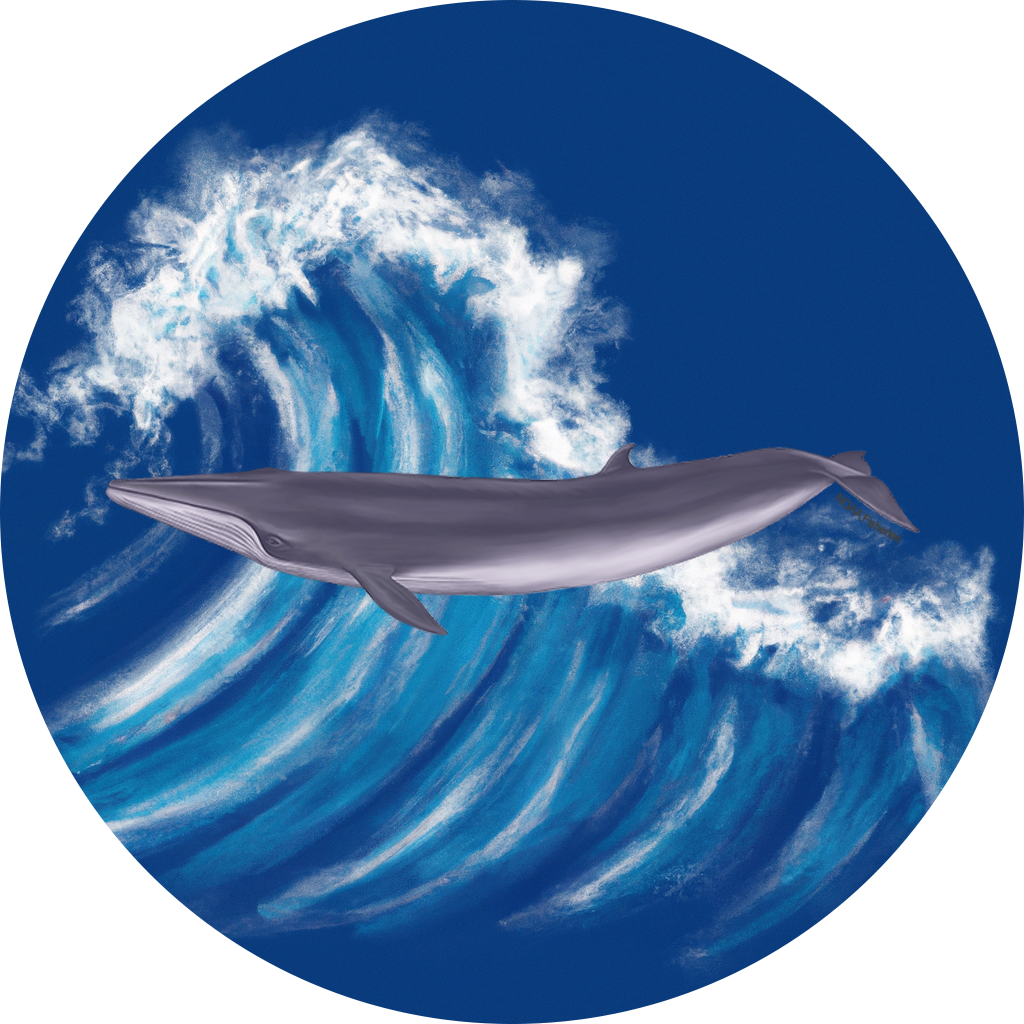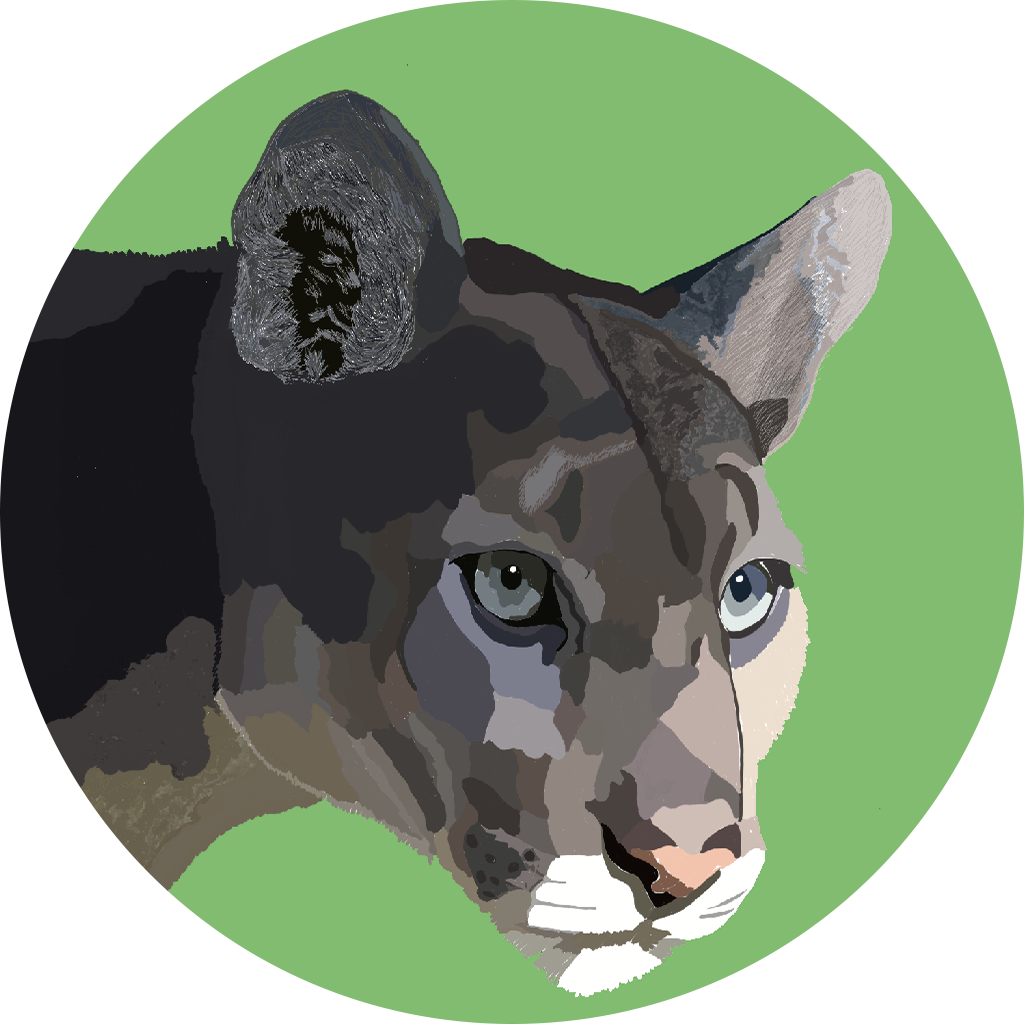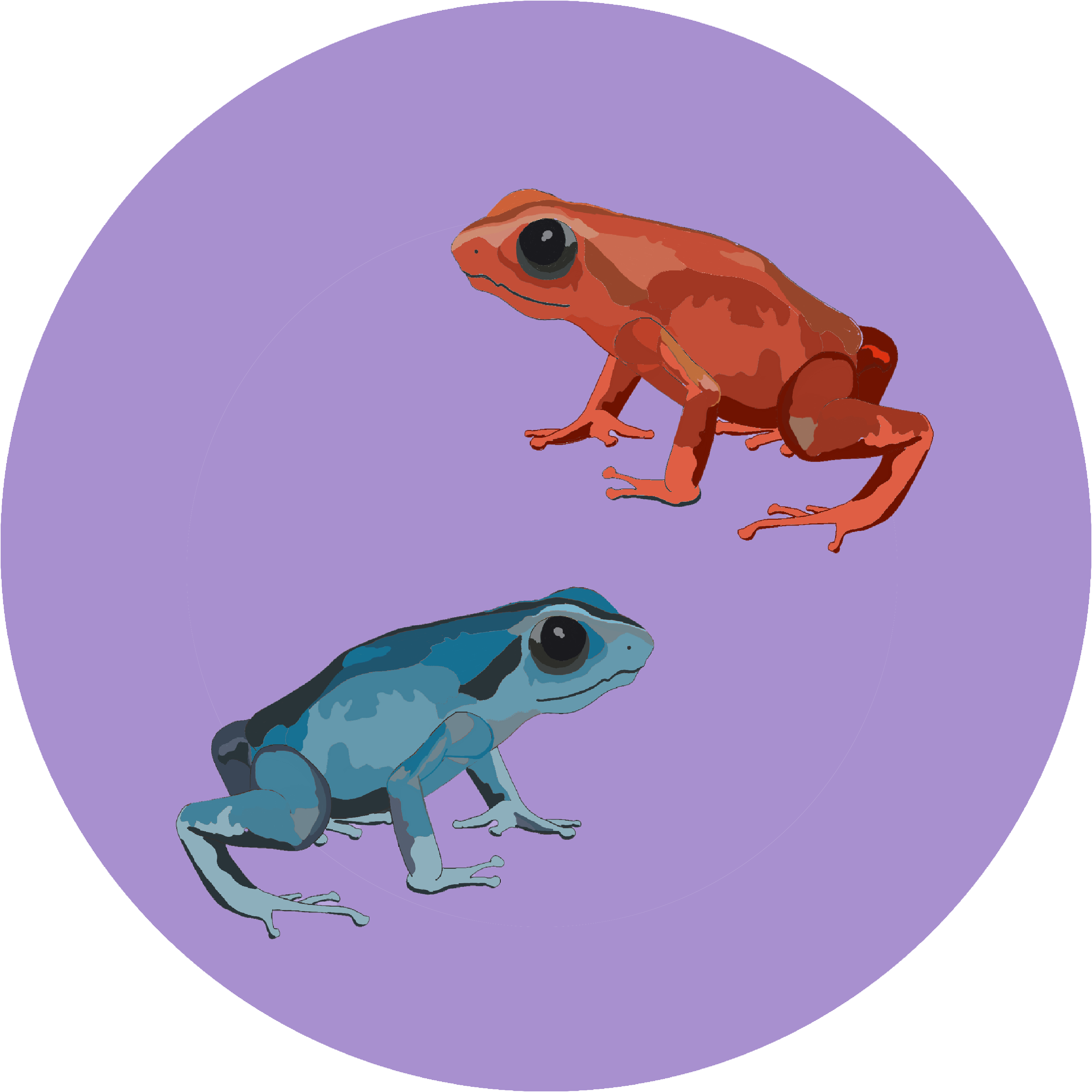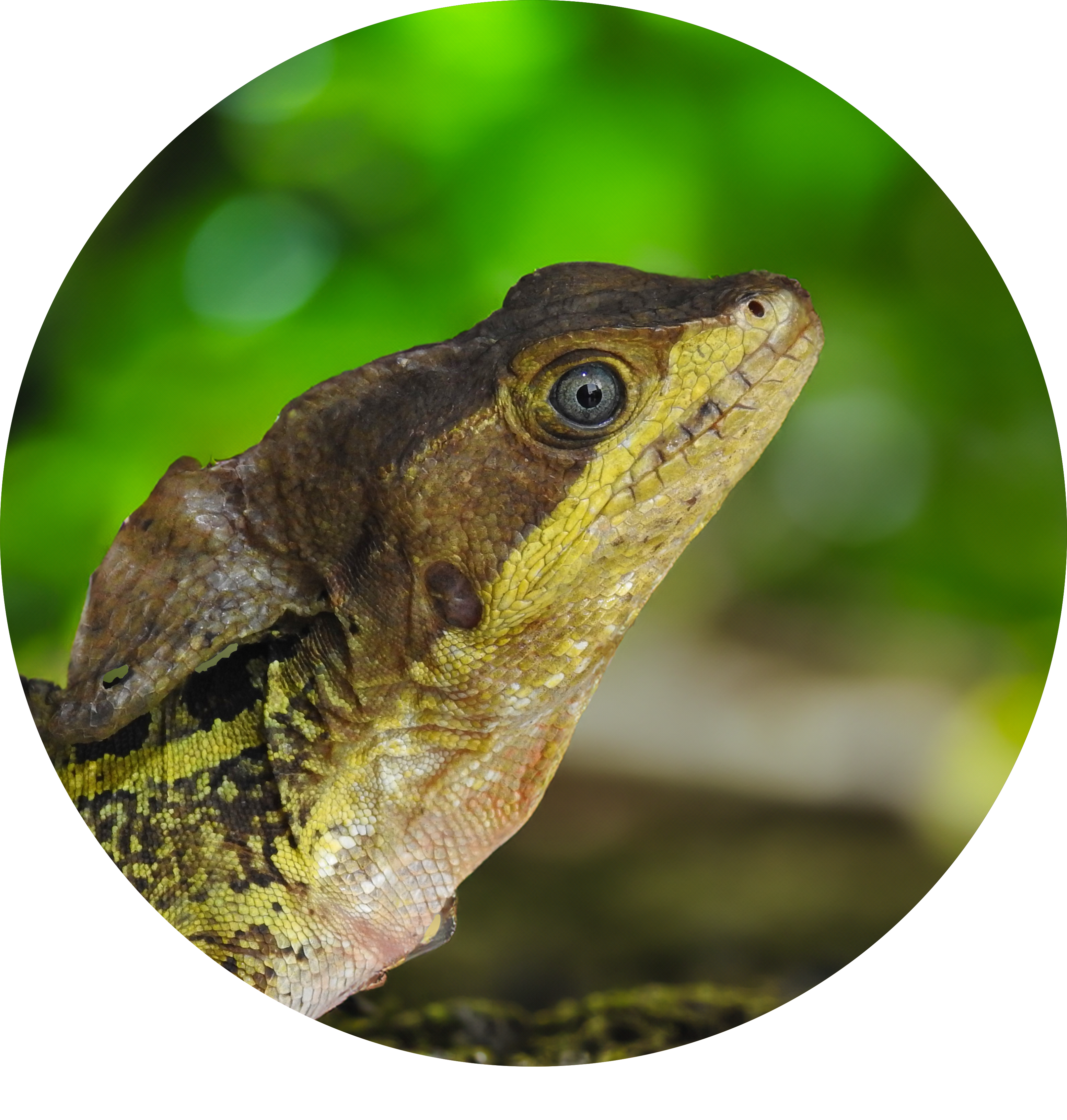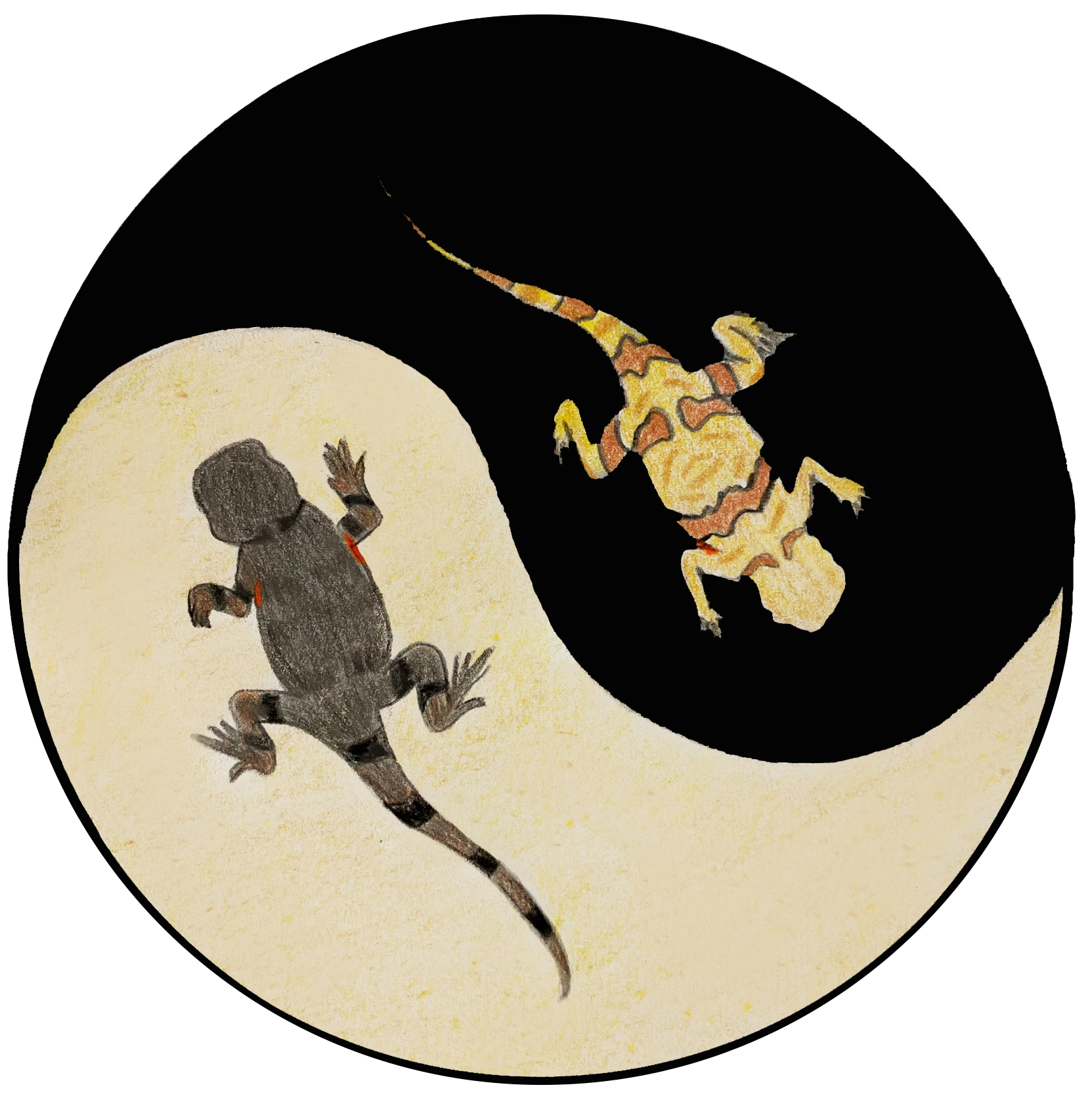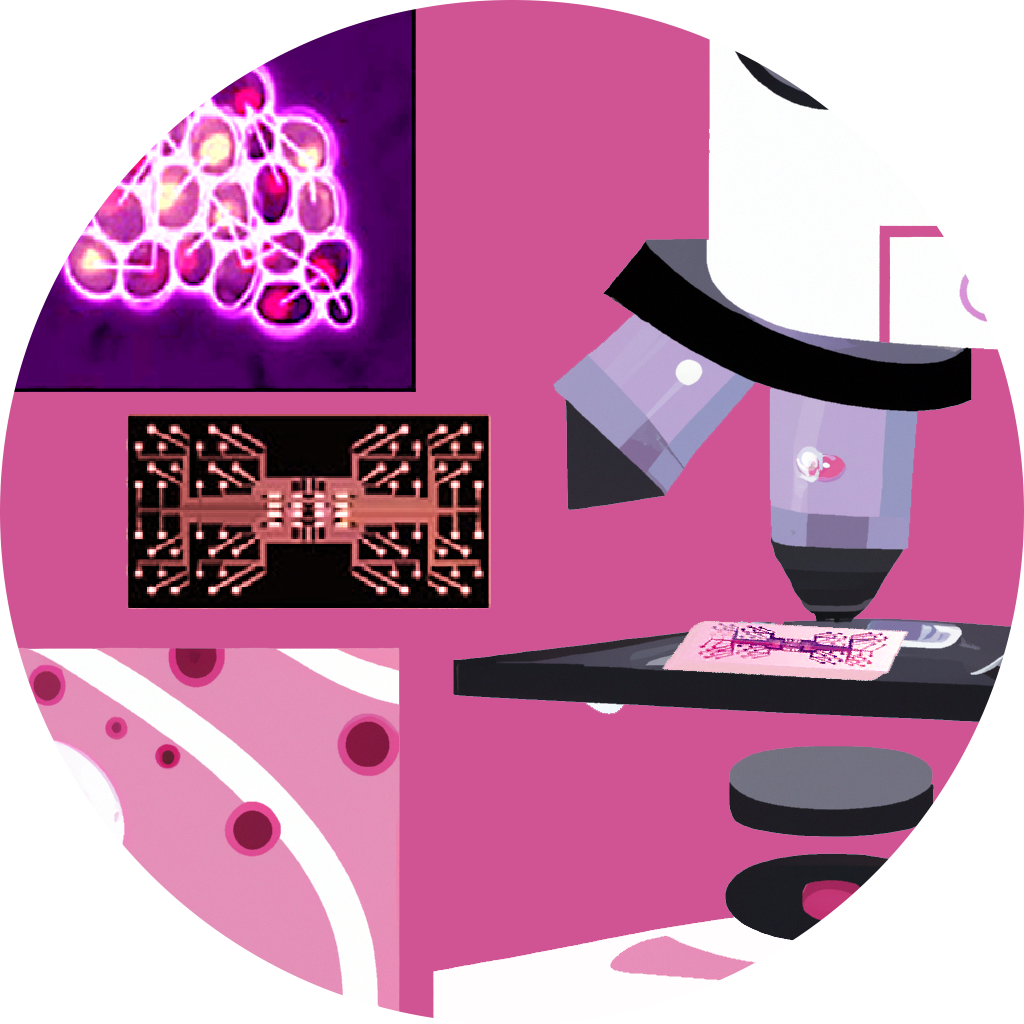research
Adaptation and Conservation Genomics
Adaptation is the foundation of evolution and all biology. By uncovering the genetic mechanisms underlying environmental and behavioral adaptation, we gain insight into how species evolve and survive. During my PhD, I have applied population genetic methods to various organisms with unique physiological and phenotypic adaptations. My research focuses on how natural selection shapes diverse traits and preserves genetic diversity across vertebrates.
Color Adaptation
One of my areas of study is the genetics of color adaptation in different species. I have worked with fascinating organisms such as the toad-headed agama, strawberry poison frog, and mimic poison frog to understand how they adapt to their environments through color variation.
Physiological Adaptation
I have also explored physiological adaptation in humans, particularly in the Haenyeo, a community of free-diving women in Korea. Our research sought to identify the genes responsible for their remarkable ability to adapt to the physical demands of diving.
Conservation Genetics and Adaptation to the Anthropocene
As human-driven environmental change accelerates, understanding adaptation becomes critical for conservation. Genomic resources can provide essential tools to assess population health and predict the risk of endangerment. This is especially important for amphibians, which are currently the most threatened group of vertebrates. My work also extends to mammals, where I am involved in conservation genetics projects on species such as pumas, Rice’s whales, and Channel Island foxes.
Projects
Click on the circle to learn more about each project!
Ongoing Projects
